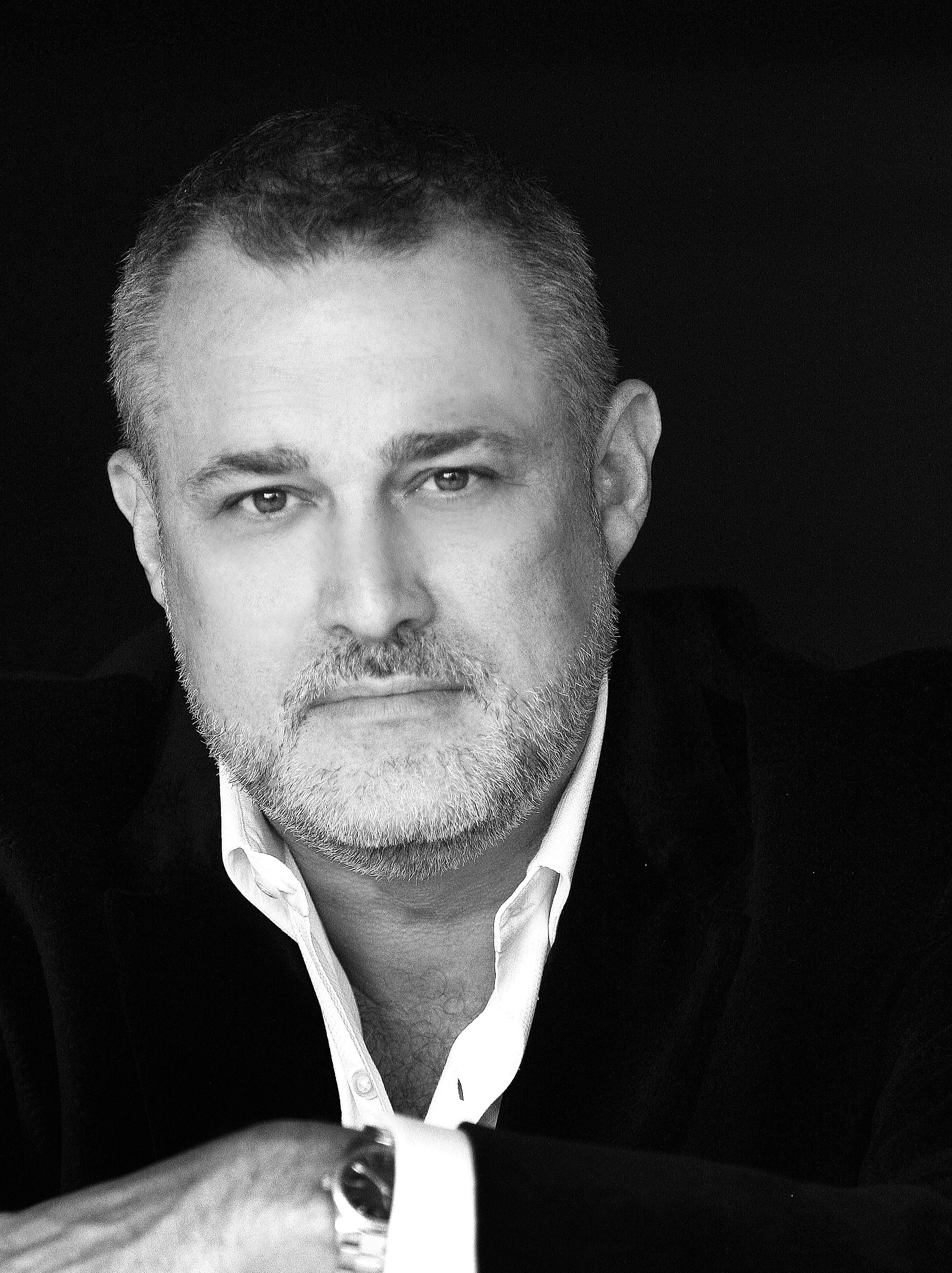Unpredictability on Demand – Why Telemedicine is a Hot Commodity
Unpredictability on Demand – Why Telemedicine is a Hot Commodity https://csuiteold.c-suitenetwork.com/advisors/wp-content/themes/csadvisore/images/empty/thumbnail.jpg 150 150 jeffreyhayzlett https://secure.gravatar.com/avatar/7d20a01ed9c1d91ad616e067720c7767?s=96&d=mm&r=g
Paul Ricci, the interim CEO of SOC Telemed, used that phrase to describe his company. SOC (which stands for Specialists on Call) is more than just a telemedicine service for when you have a cold or stomach bug. It has teams of psychiatric specialists and neurologists available on-demand to hospitals and health systems across the country.
I recently had the pleasure of hosting Paul on All Business with Jeffrey Hayzlett in a fascinating conversation about SOC Telemed’s business, its growth, and where it’s going next.
You might be wondering why SOC concentrates on just two areas of medicine. Paul says for many health systems it comes down to filling a need.
“If (hospitals) didn’t have access to specialists, they would have to turn stroke patients away to other facilities. It allows (hospitals) to resolve backlogs. One of the chronic problems in healthcare institutions today is the backlog of patients who show up to emergency rooms.”
According to the National Center for Health Statistics, over 145 million people go through emergency rooms every year at a cost of over $1,300. Paul adds that having access to these specialists not only helps hospitals it also saves them money.
“We have customers of different types. Some customers want to use our platform to optimize the virtualization of their own resources, and some hospitals are looking for the virtualization of our resources where they have unpredictable demand that they can’t afford to staff or can’t find the requisite specialist and are unable to recruit specialists for that facility,” Paul said.
SOC Telemed not only helps rural health systems have access to expertise, but it benefits some of the nation’s largest hospitals as well. Over three-quarters of U.S. hospitals currently use telemedicine to connect patients with medical professionals, with states like Alaska, Arkansas, and my own home state of South Dakota having the highest adoption rates of telemedicine.
“A large hospital system might use a combination of their own specialists, they might use some third-party specialist group, and they might use some specialists from SOC. They can do it on one platform that lets them optimize the delivery of those specialties on demand in these unpredictable moments,” Paul emphasized.
Telemedicine has been around for years and is a hot industry right now, thanks to the COVID-19 pandemic. Hospitals and doctors are getting used to this care via video model.
“There has been a higher demand for telemedicine services during the pandemic, and there’s been an increased interest which has led to a lot of bookings activity for the company this year as hospitals have tried to respond to the shortage of physicians which the pandemic. Has caused.” Paul added.
Even patients are beginning to get more comfortable with the idea of a doctor on a screen.
“People tend to be skeptical of new things, and there’s a certain discomfort. We take a great deal in comfort from human touch and interpersonal reaction,” Paul said. “But in the end, this is a very efficient way to get access to higher quality services. The ability to have a stroke neurologist available at that critical moment is a real value for the patient and the hospital.”
Not only is the company scaling fast, it recently joined a SPAC (Special Purpose Acquisition Company) to go public because due to its fast growth. SPACs are publicly traded companies created to make an acquisition; and many times their success has a direct correlation to faith in the management team.
“We’re projecting as we look into 2021, in 2022 (the growth) essentially is in the 40 percent range and that growth is in part and acceleration of utilization driven by COVID as we go through the next year and impart a ramping up of our sales and marketing efforts to serve more completely the demand,” Paul said.
Some of that demand could be outside of the United States as well. SOC Telemed is beginning to test its offerings in Canada. With that growth does come some growing pains, like hiring, onboarding, and getting doctors licensed in the states they serve.
“(Onboarding) can take quite some time, because you have to recruit the physicians and physicians are in demand,” Paul said. “We have a recruiting organization that is very effective with that. But then you have to get them licensed and privileged, and they may not have that for specific healthcare facilities in other states. Sometimes that process can take six to twelve months or even longer.”
SOC Telemed is an interesting company, serving a real niche. It will be exciting to see where it goes.
If you’d like to hear my complete conversation with Paul, click here.


